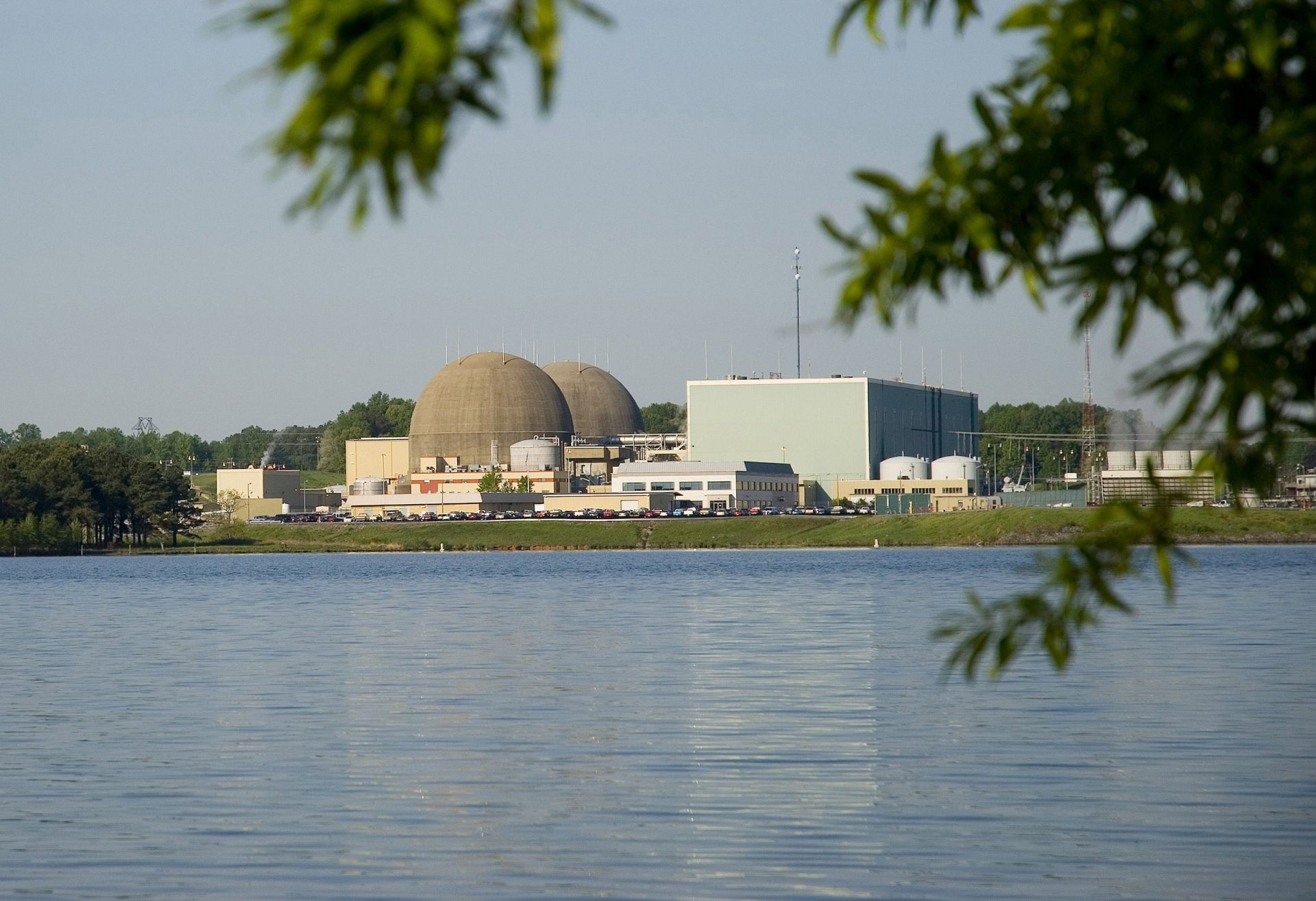Fuel innovation: Powering nuclear modernization
Today’s U.S. commercial nuclear power plants are fueled with uranium dioxide pressed into cylindrical ceramic pellets—and have been for decades. These pellets are stacked inside long fuel rods made of a zirconium alloy cladding. Innovation in nuclear fuel, however, can improve safety, reduce operating costs, and further enable the development of a new generation of non-light-water reactors.




 The January/February 2021 issue of
The January/February 2021 issue of  A 170-page energy white paper,
A 170-page energy white paper, 





 Wednesday during National Nuclear Science Week is devoted to the topic of Nuclear Energy. Do you know how we use the energy obtained by splitting the atom to produce the electricity that charges up your phone, powers your TV and router, and lights your way? Click on the link below to see the basics.
Wednesday during National Nuclear Science Week is devoted to the topic of Nuclear Energy. Do you know how we use the energy obtained by splitting the atom to produce the electricity that charges up your phone, powers your TV and router, and lights your way? Click on the link below to see the basics.